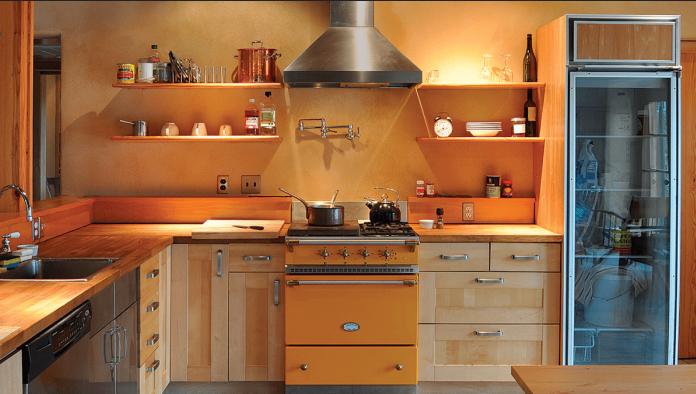
Natural stone sounds like a naturally healthful option, but even stone warrants a little caution. Consumers appreciate the look of stone counters—particularly granite and marble—but not the porosity that makes them prone to stain. Hence the popularity of engineered stone and solid surfaces that won’t blemish with wine-bottle rings, splashes of olive oil, and coffee spills. Fabricators will polish natural stone with resins and synthetic sealers to prevent staining. These sealers cure and won’t compromise food safety. However, sealers require reapplication after two years or less. While cured sealers present no health hazards, synthetic sealers may have volatile organic compounds (VOCs), which are toxic.
One alternative is a walnut oil/wax mix, as recommended on the “My Chemical-Free House” website. Commercial sealers include:
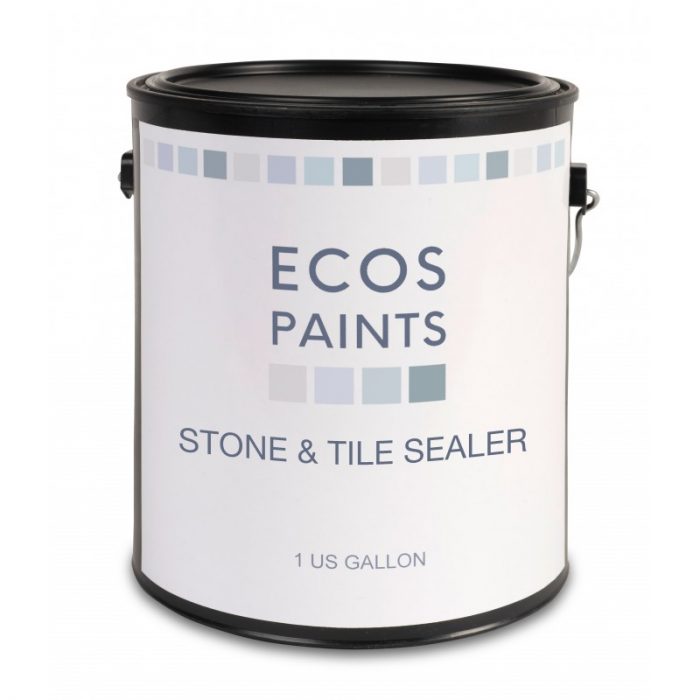
Ecos Paints sells a non-toxic, zero-VOC stone and tile sealer suitable for porous countertops. $37 per qt. from the manufacturer.
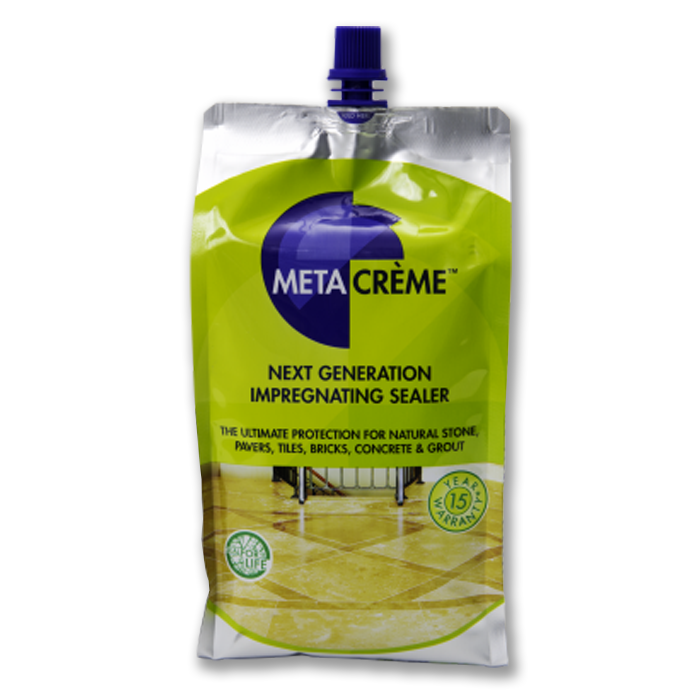
Meta Crème Next Generation Impregnating Sealer is a synthetic sealant manufactured by Dry-Treat and promoted as a low-odor, ultra-low-VOC impregnating material that fulfills the strictest LEED requirements. In the product literature, the manufacturer provides the following information: Waterborne Dense Stone Sealer will qualify for EQ Credit 4.2: Low-Emitting Materials: Paints and Coatings: 1 Point. The material comes with a 15-year Performance Warranty. $100 per qt. at ECO Building resources.
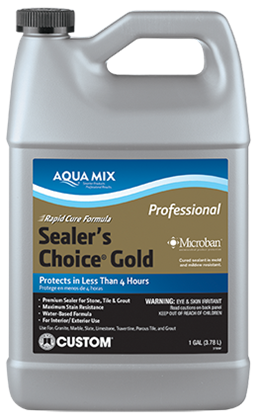
Sealer’s Choice Gold by Aqua Mix includes an antimicrobial branded as MicoBan. The company says the material has less than 70 g. of VOCs per L. Nonetheless, like other synthetic sealers, the material remains harmful to inhale until cured. The product costs $44 at Home Depot for 24 fluid oz. (a little less than1 qt.).
Color choices: Not all granite and stone require sealers. Dense, darkly colored counters do not need it. To determine if a counter requires sealing, you can perform a water test. This test entails seeing…
Weekly Newsletter
Get building science and energy efficiency advice, plus special offers, in your inbox.

This article is only available to GBA Prime Members
Sign up for a free trial and get instant access to this article as well as GBA’s complete library of premium articles and construction details.
Start Free TrialAlready a member? Log in





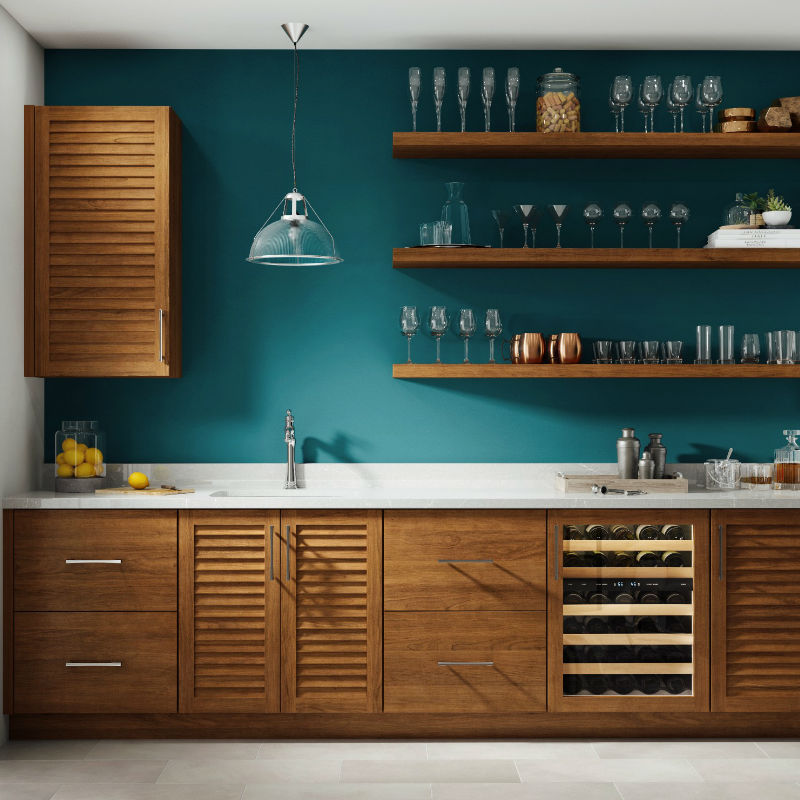

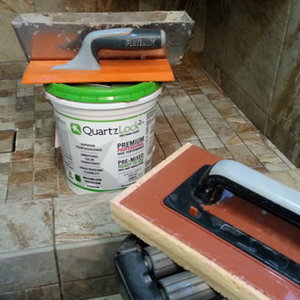
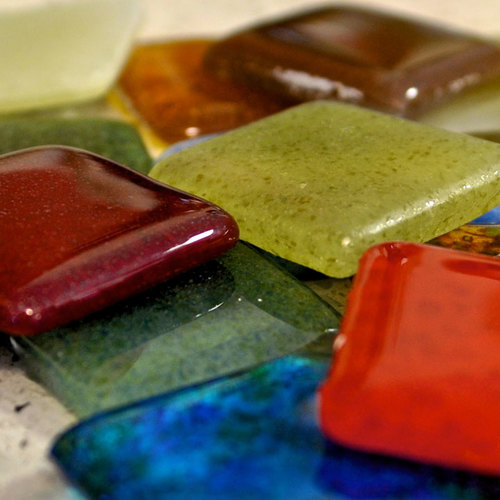






14 Comments
Thanks Fernando, interesting blog.
When we discuss VOCs I think it's important to distinguish between those present during manufacture and construction, and those that may continue to off-gas after installation. While there may be good reasons to avoid the former, they don't pose a threat to the health of the occupants over time.
I'd also distinguish between product that may have been sourced in developing countries in coercive or dangerous conditions, and those manufactured closer to home by people who don't follow mandated safety regulations. The insulation crews who work on my projects often don't wear masks when installing fiberglass batts - although they have them available in their trucks. That's on them.
Hi Malcolm, indeed some products are unhealthy for fabricators but not homeowners. Hence I distinguished between those that require resealing after the homeowner has moved in. My concrete crew was using a powdered stamp release as they finished the concrete. The can said, "May cause cancer" (not in those words, but meaning the same). I pointed this out, given none were wearing masks, and they replied, "It only causes cancer in California, we're not in California." So it goes.
A fair number of the "that which does not kill us makes us stronger" contingent in the building trades...
Again, thanks for the interesting blog.
Interesting article.
Most folks know the issues with granite. Engineered stone offers many benefits but fabricating it can be very dangerous if very strict adherence to safety codes is not enforced. The dust is very fine and using water in cutting and polishing reduces, but does not eliminate, the risk. Also, fabricating and shipping large slabs can be very energy intensive and there seems to be much waste. Faced with these issues, I was hesitant to buy into this process; so I decided to fabricate my own countertops from remnants that were left over from larger slabs. I went to several large fabrication shops until I found one willing to sell me fairly large pieces left over in their yard. I transported them in my pick up on an A frame and used a portable engine hoist and moving belts to lay them on saw horses. I then bought a cheap Ryobi hand held wet circular saw (but I replaced the blade with a better diamond blade from Alpha) and a cheap but great STADEA wet polisher with diamond grits from 50-3000. I did simple edges and cut a few curved inside and outside corners using a diamond jig saw blade and lots of sanding/polishing. Taking my time and using cutting guides, I did a pretty good job of fabricating my countertops.
A pro could tell the difference between my work and his.......but my wife and most visitors can't.
I love hearing about this kind of gumption and the reasoning behind it. Good for you! And thanks for sharing, Nick. Actually, Fernando’s article has deepened my appreciation for my maple countertops built by the carpenter who sold me the house.
Thanks! Hardwood requires a little bit of maintenance, but they can look great as countertops and are less of an impact environmentally.
Fernando - did you look at paperstone or richlite at all? I like them both, and they're marketed as a safe, recycled product but I don't know much about their production.
Thanks for the research. While countertops don't usually turn into dust that we absorb very quickly, I find myself wondering about the chemical makeup of a lot of this stuff. Do you think we could do a follow up checking what stuff is on red lists? which sealers include fluorinated compounds? I'm pretty sure epoxy, and whatever else they make 'synthetic stone' out of, come from processes that are pretty ugly. Would be curious to hear what the chemistry & embodied energy are.
I was also a little surprised that laminate (Formica) didn't make the list somehow. My kitchen's 1973 laminate is still going strong--over its wood-fiber substrate (OK it was glued together with formaldehyde-based adhesive)--if I'm not mistaken that entire system is >98% wood. We can still buy this stuff locally and it's really cheap, reasonably durable, can be made to look like just about anything. Maybe it will be back in fashion next decade?
Douglas,
I agree. I've come full circle and now favour laminate countertops. The only thing that stops me using them more is current fashion.
“[Deleted]”
When I was making my Silestone countertops I mentioned above, I was concerned about some of these issues. There is no question that engineered stone and natural stone like granite have a lot of embedded energy-from processing and transportation (especially foreign sourced stone). Also, they are very toxic to work with unless workers are careful to follow the rules (very high quality masks, water, etc.). These are the reasons why I would only use remnants that might otherwise be thrown away and chose to do the work of cutting and polishing myself-outdoors with the highest quality mask.
As for whether these materials are toxic after installation (from off gassing or from dust mechanically being released from abrasion), I am not sure but decided to take the risk.... Sealers are my biggest worry. That is one reason why I ruled out granite and I will not use sealers on the very hard engineered Silestone I fabricated. I was somewhat concerned that Silestone was known to infuse its material with Micoban, but I don't if they still do. As for the resins used in the manufacture of the product, the stuff is so hard and non porous I decided to take the risk that there would be little chemical off-gassing or harmful dust abrading over the course of the life of the product. Maybe that was overly optimistic, I don't know.
I seem to recall that Cosentino does publish some information about the manufacture of Silestone- which is essentially quartz dust mixed with a resin, heated and compressed. Maybe I am naïve, but I tend to trust European companies regarding levels of toxicity of their products more than US companies given the EU's generally stricter environmental standards........
Many countertop materials have at least some risks associated with them (e.g., germs collecting in wood surfaces or porous stone, toxic sealers and finishes, glues in formica etc...). I would be curious to hear what specific issues Malcolm sees with engineered stone......
I too am a big fan of laminates when I can get clients to consider them. My own kitchen countertops are plain color laminate dressed up with a solid black walnut edge and slate tile splash. Still stunning after 18 years. Solid edge-laminated hardwood is great for island countertops, it lends itself to expressive freeform edge contours and is self-supporting in extended cantilevers, but I don't recommend around water intensive areas. A small bar sink is generally OK but water splashes around the main kitchen sink are liable to discolor the hardwood and lead to premature failure of the finish. Teak may be an exception to this principle.
Just as a side note, the countertop photograph above captioned as ceramic tile seems to be engineered bamboo.
Fernando, you write that soapstone is the most porous of natural stones listed and needs sealing, which is incorrect. The opposite is true - soapstone is non-porous and therefore does not need sealing. In fact soapstone has traditionally been used in labs and chemistry classrooms for this very reason.
Correct. Soapstone is soft, but dense. In almost 20 years of living with soap stone counters, in two different house, we've yet to see anything stain it.
Log in or become a member to post a comment.
Sign up Log in